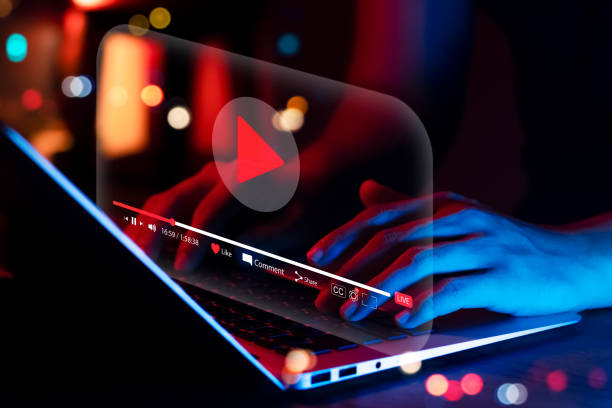The rise of artificial intelligence has already transformed how we write, design, and automate tasks—but now it’s changing the way we create video content. AI-generated video is rapidly gaining momentum, offering creators and businesses a fast, cost-effective, and scalable way to produce high-quality visual content. But is it truly the next big thing in content creation?
In this article, we’ll explore what AI-generated video is, how it works, its practical applications, and whether it’s poised to revolutionize the world of content.
What Is AI-Generated Video?
AI-generated video refers to video content that is created, edited, or enhanced using artificial intelligence. Unlike traditional video production, which often requires cameras, crews, and post-production teams, AI tools can automate many of these steps—sometimes creating entire videos from text prompts or data inputs.
These tools use technologies like machine learning, natural language processing (NLP), and generative adversarial networks (GANs) to generate video content with minimal human involvement.
How Does AI Video Creation Work?
AI video tools typically follow a workflow like this:
- Input: Users provide text, audio, data, or scripts.
- Processing: AI interprets the input using NLP and content analysis.
- Generation: The system creates visuals, animations, or synthetic video clips—often including avatars, voiceovers, and transitions.
- Rendering: The final video is compiled, often ready for immediate use.
Popular platforms like Runway, Synthesia, Pictory, and Sora by OpenAI allow users to generate explainer videos, product demos, training materials, and more—no camera required.
Why AI-Generated Video Is Gaining Traction
1. Speed and Scalability
AI drastically reduces production time. What once took days or weeks to film and edit can now be done in hours—or minutes. Brands can scale content production for different languages, platforms, or audiences instantly.
2. Cost-Effective
AI eliminates the need for expensive video crews, studios, or editing software. Startups, educators, and marketers can now compete with larger organizations by producing professional-quality videos on a budget.
3. Customization and Personalization
AI allows creators to personalize videos at scale—using names, locations, or behavioral data to tailor messages for different audiences, boosting engagement and relevance.
4. 24/7 Production
AI doesn’t take breaks. It can produce videos on demand around the clock, making it ideal for global teams, fast-moving campaigns, and real-time updates.
Real-World Applications of AI-Generated Video
- Marketing & Advertising: Create product walkthroughs, ads, and social media content tailored to different audiences.
- Education: Develop interactive tutorials, language lessons, or explainer videos without requiring presenters.
- Corporate Training: Produce consistent, multilingual onboarding and compliance videos using AI avatars and voiceovers.
- News & Media: Automate video generation for breaking stories or daily updates.
- Entertainment: Enhance storytelling, animation, or game development with AI-created scenes or characters.
Are There Any Downsides?
While the promise of AI video creation is exciting, it comes with some challenges:
- Quality & Authenticity: Some AI-generated videos still lack emotional nuance or realism, which may reduce impact for certain audiences.
- Ethical Concerns: Deepfakes and synthetic media raise questions about consent, misinformation, and misuse.
- Creativity Limits: AI is great at replication and pattern recognition—but may fall short in capturing complex creative visions.
However, as technology evolves rapidly, these limitations are shrinking fast.
The Future of Content Creation?
AI-generated video isn’t here to replace human creativity—it’s here to empower it. As tools become more accessible and powerful, creators can focus more on strategy, storytelling, and emotion, while letting AI handle the heavy lifting.
We’re already seeing major brands, influencers, and educators integrate AI video into their content strategies. As AI continues to improve, it’s likely we’ll see a hybrid approach—where AI assists and accelerates creation, and humans add the soul and originality.
Final Thoughts: Embrace the Shift
AI-generated video is no longer just a futuristic idea—it’s a practical tool that’s already reshaping how content is made and consumed. Whether you’re a marketer looking to scale campaigns, a small business needing tutorials, or a teacher building online courses, AI video can help you do more, faster.
As with any emerging tech, success depends on how we use it. The future of content creation isn’t just automated—it’s amplified. And AI video may very well be the next big thing leading the charge.
